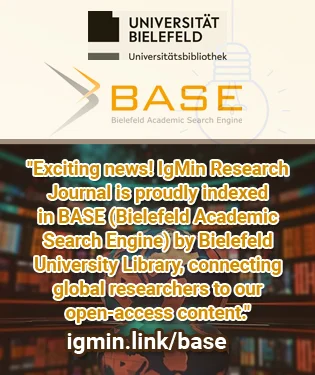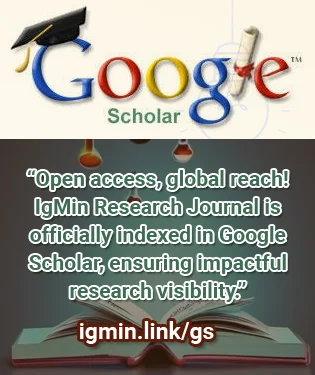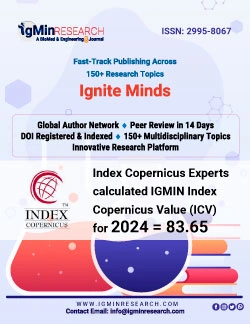Open Access Policy refers to a set of principles and guidelines aimed at providing unrestricted access to scholarly research and literature. It promotes the free availability and unrestricted use of research outputs, enabling researchers, students, and the general public to access, read, download, and distribute scholarly articles without financial or legal barriers. In this response, I will provide you with an overview of the history and latest resolutions related to Open Access Policy.
Copper is one of the most demanded minerals by the global industrial sector, with approximately 20 million tons mined worldwide each year. Silver, another important technical and precious metal, sees production around 26 kt/y. The general trend of declining average grades in these deposits has made mining low-grade ores a reality for many mines worldwide. Sensor-based sorting has emerged as a significant pre-concentration solution for these cases. This study investigates the applicability of this technique to copper ore samples from the Cerro d...o Andrade deposit, located in Caçapava do Sul, southern Brazil. The primary product of interest is copper (Cu), with silver (Ag) as a by-product. Pre-concentration tests are ongoing at the UFRGS Mineral Processing Laboratory (LAPROM) using a dual-energy X-ray transmission (DE-XRT) sensor sorter. Thirty-two ore samples were analyzed (64-16 mm size fraction). Relative density histograms and false-color images were generated. This data, along with Cu and Ag grades, was assessed in Excel to estimate recoveries (metallurgical and mass), concentration factors, and Cu and Ag grades in tailings fractions. Some scenarios of tailings generation and reuse were also explored. The analyzed samples had an average of 0.83% Cu and 7.31 g/t Ag. Pre-concentration simulations produced Cu grades in the product ranging from 0.9% to 1.0% and Ag grades of 7.8 to 8.8 g/t in the Range A. Waste grades ranged from 0.02% to 0.20% Cu and 0.7 - 2.2 g/t Ag. Range B exhibited more stable Cu and Ag grades in the product (around 0.9% Cu and 11 g/t Ag). Mass recoveries ranged from 92% - 77% in the Range A and reached 70% in the Range B. Metallurgical recoveries remained high: 99% - 95% Cu in the Range A and above 94% in the Range B. Silver recoveries were also promising (99% - 93% in Range A, 90% in Range B). Considering a feed of 1,000 kt/y, estimated ROM mass after pre-concentration ranged from 833-675 kt/y of product and 167 - 325 kt/y of coarse tailings. Reuse possibilities as remineralizers and civil aggregates hold promise. These preliminary findings indicate strong potential, demonstrating the potential for achieving significant outcomes through the implementation of sensor-based sorting pre-concentration in the Andrade Project.










